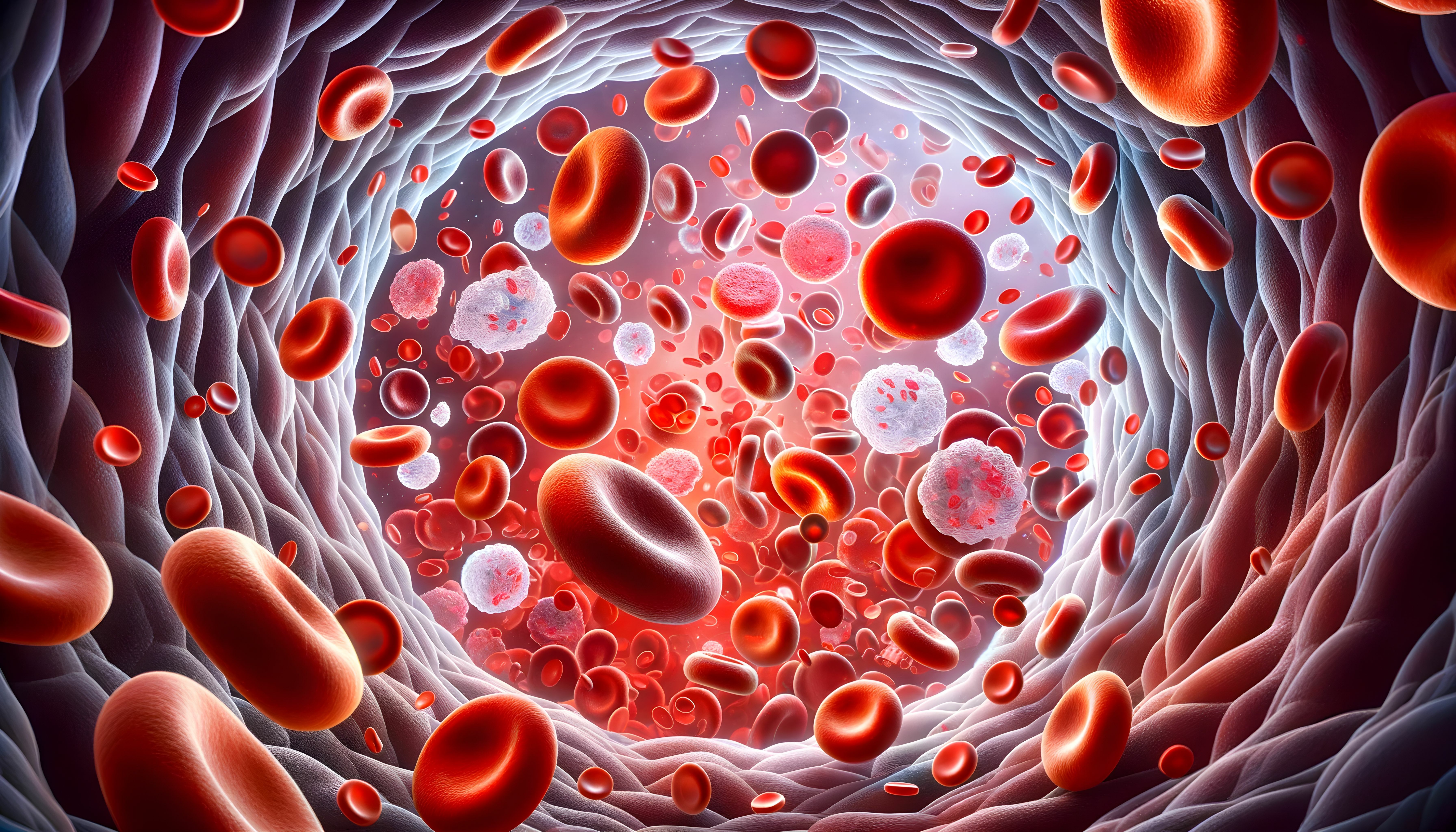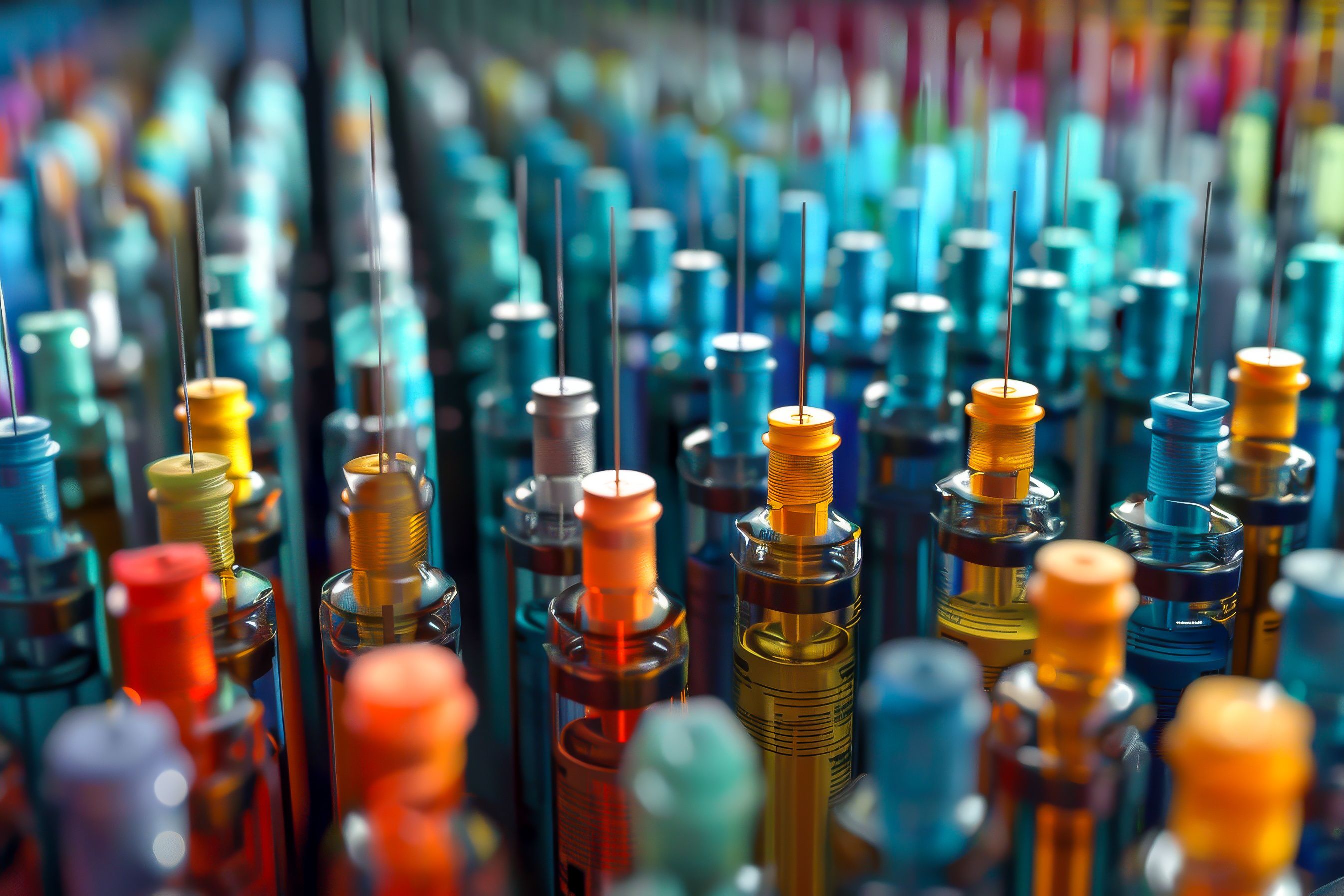News
Article
Managing Skin Conditions: Highlighting Ruxolitinib Cream, Phototherapy Efficacy and Cost
Author(s):
Key Takeaways
- Ruxolitinib cream effectively reduces moderate atopic dermatitis severity, showing comparable results to oral JAK inhibitors and biologics.
- Phototherapy offers a cost-effective alternative to biologics for treating atopic dermatitis and psoriasis, with significant economic implications.
Research presented at the 2025 Academy of Managed Care Pharmacy annual meeting analyzed real-world treatment outcomes for dermatologic conditions, specifically highlighting the efficacy of ruxolitinib cream for atopic dermatitis and the potential for phototherapy to delay costly biologic initiation.
Research presented at the 2025 AMCP annual meeting analyzed real-world treatment outcomes for dermatologic conditions, specifically highlighting the efficacy of ruxolitinib cream for atopic dermatitis and the potential for phototherapy to delay costly biologic initiation. | Image Credit: somneuk - stock.adobe.com

Real-world treatments for patients with dermatologic conditions like psoriasis and atopic dermatitis were analyzed based on their abilities to decrease severity while remaining cost effective.1,2 Researchers at the 2025 annual meeting of the Academy of Managed Care Pharmacy (AMCP) presented posters on the treatment options for patients with atopic dermatitis and psoriasis for both topical cream and phototherapy.
Ruxolitinib Cream vs Systemic Therapies
Ruxolitnib cream demonstrated substantial reductions in both the extent and severity of moderate atopic dermatitis.1 Physician-reported clinical outcomes show similar clinical benefits from ruxolitnib cream monotherapy compared with oral Janus kinase (JAK) inhibitors and biologics.
Researchers analyzed data from the Adelphi AD Disease-Specific Program to determine treatment outcomes in adults with moderate atopic dermatitis. Physicians identified patients based on disease severity at the initiation of current treatments. This included 4 mutually exclusive cohorts of patients who were treated with ruxolitinib cream, systemic immunosuppressants, oral JAK inhibitors, or biologics.
The study included 619 adults with moderate atopic dermatitis (ruxolitinib cream, n = 122; systemic immunosuppressants, n = 80; oral JAK inhibitors, n = 264; biologics, n = 153). The mean age was 39.1 years, 50% of patients identified as female, and 79% identified as White. Patients had a mean atopic dermatitis duration of 4.1 years and mean treatment duration was 7.4 months with ruxolitnib cream, 27 months with systemic immunosuppressants, 12.2 months with oral JAK inhibitors, and 14 months with biologics.
While patients were on treatment, the mean affected body surface area (BSA) was reduced from 16.5% to 8.5% with ruxolitnib cream, 25.6% to 16.8% with systemic immunosuppressants, 20.9% to 8.1% with oral JAK inhibitors, and 20.4% to 9.2% with biologics. Almost half of all patients treated with ruxolitnib cream (48.4%) experienced reduction in physician-reported disease severity vs 6.3% of those treated with systemic immunosuppressants, 51.5% with oral JAK inhibitors, and 46.4% with biologics. BSA reductions and disease severity improvements were typically similar among cohorts when the sample was further limited to patients with a max baseline BSA of 20%.
Phototherapy vs Biologic Therapy: Economic Implications
Phototherapy has the same potential to delay or avoid biologic initiation, which can contribute to biologic cost avoidance.2 The treatment primarily relies on ultraviolet A and B light to treat skin diseases like atopic dermatitis and psoriasis, and other skin diseases such as vitiligo and pruritus.3 Phototherapy is an attractive treatment method for patients because it is often a lower-cost alternative to high-cost biologics. For example, a study found secukinumab was the most expensive biologic, with a 3-year cost of $182,718 compared $5000 for phototherapy.4
Researchers conducted an observational retrospective analysis of paid pharmacy and medical claims in a large health plan from January 2022 to December 2024.2 The study included 12,413 members who met the study criteria, with 171 in the phototherapy arm and 12,242 in the nonphototherapy arm.
Only 3 of the 171 phototherapy utilizers received home-based treatment, a cheaper option. On average, phototherapy cost $1387.44, and the mean annual cost of biologic therapy was $59,103.84; the average home-based phototherapy device cost $892.74.
The median number of phototherapies claims between 2022 to 2024 was 40 for members who received office-based phototherapy. There were 11.7% of members in the phototherapy arm who initiated a biologic vs 16% of members in the nonphototherapy arm. The mean time between phototherapy initiation and biologic initiation was 211.6 days.
The patient population shows low utilization of home-based phototherapy, which could increase overall access to phototherapy and potentially save an additional $494.26 in year 1 and $1387 each year thereafter. Low generalizability outside of the state's population may limit the study. Additionally, the population of the phototherapy arm was smaller than the nonphototherapy arm. The future course of treatment beyond 2024 and treatment prior to 2022 remains unknown. Lastly, the reason for biologic initiation post phototherapy remains unknown.
Research presented at the 2025 AMCP annual meeting highlights valuable insights into managing atopic dermatitis and related skin conditions, emphasizing the importance of considering both clinical efficacy and economic impact in treatment decisions.
References
1. Liu J, Howell O, Piercy J, Anderson P, Sturm D. Real-world clinical experience with ruxolitnib cream vs systemic therapies in patients with moderate atopic dermatitis in the United States. Presented at: AMCP 2025; March 31-April 3, 2025; Houston, TX. Poster L1.
2. Kim M, Jang H, O’Shea T, Prestipino B, Jan S. The impact of phototherapy in atopic dermatitis and psoriasis: a retrospective claims analysis. Presented at: AMCP 2025; March 31-April 3, 2025; Houston, TX. Poster L17.
3. Phototherapy as a breakthrough for eczema and psoriasis: a new hope. Dermatology of Seattle & Bellevue-Your Skin & Surgery Center. January 31, 2025. Accessed April 7, 2025. https://dermatologyseattle.com/phototherapy-as-a-breakthrough-for-eczema-and-psoriasis-what-to-know/
4. Hyde K, Cardwell LA, Stotts R, Feldman SR. Psoriasis treatment cost comparison: biologics versus home phototherapy. Pharmacy Times®. February 2, 2018. Accessed April 7, 2025. https://www.pharmacytimes.com/view/psoriasis-treatment-cost-comparison-biologics-versus-home-phototherapy





